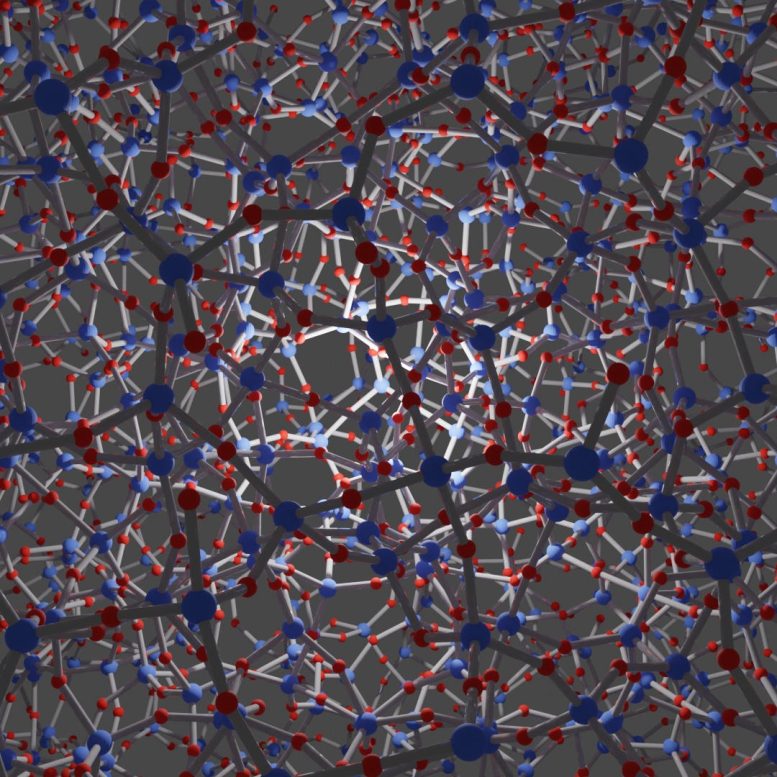
A groundbreaking study led by Professor Motoki Shiga has unveiled the complex atomic structure of glass, revealing unique patterns and anisotropy. This research paves the way for advanced exploration of glass materials using AI and machine learning techniques. Credit: Motoki Shiga
Glass, a vital material in our daily lives, serves multiple purposes like insulating homes and forming screens in computers and smartphones. However, its extensive historical usage contrasts with the scientific mystery it presents due to its disordered atomic structure. This puzzling arrangement of atoms complicates efforts to fully understand and manipulate glass’s structural properties. Consequently, designing effective functional materials from glass remains a challenging task for scientists.
Advancements in Glass Research
To uncover more about the structural regularity hidden in glassy materials, a research group has focused on ring shapes in the chemically bonded networks of glass. The group, which included Professor Motoki Shiga from Tohoku University’s Unprecedented-scale Data Analytics Center, created new ways in which to quantify the rings’ three-dimensional structure and structural symmetries: “roundness” and “roughness.”
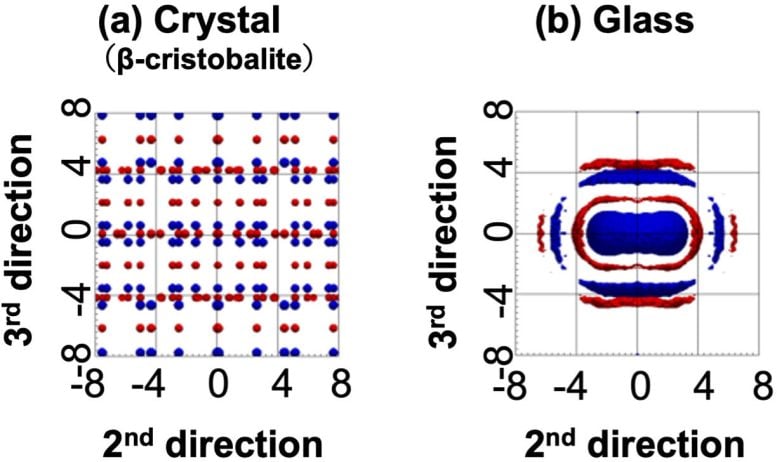
Spatial atomic densities around rings in silica crystal (left) and glass (right). Blue and red regions show large density regions of silicon and oxygen atoms, respectively. Credit: Motoki Shiga et al.
Using these indicators enabled the group to determine the exact number of representative ring shapes in crystalline and glassy silica (SiO2), finding a mixture of rings unique to glass and ones that resembled the rings in the crystals.
Additionally, the researchers developed a technique to measure the spatial atomic densities around rings by determining the direction of each ring.
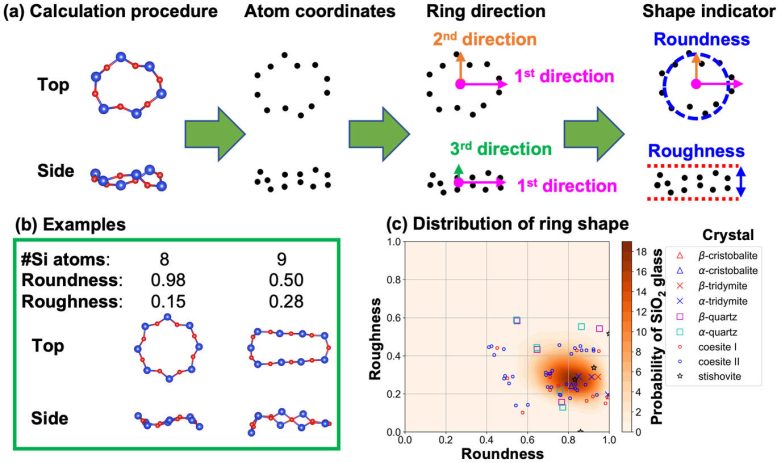
Ring shape indicators: (a) Computation procedure, (b) Examples of indicators on Silica (SiO2), (c) Distribution of shape indicators in silica glass and nine crystals. Credit: Motoki Shiga et al.
They revealed that there is anisotropy around the ring, i.e., that the regulation of the atomic configuration is not uniform in all directions, and that the structural ordering related to the ring-originated anisotropy is consistent with experimental evidence, like the diffraction data of SiO2. It was also revealed that there were specific areas where the atomic arrangement followed some degree of order or regularity, even though it appeared to be a discorded and chaotic arrangement of atoms in glassy silica.
Breakthroughs and Future Directions
“The structural unit and structural order beyond the chemical bond had long been assumed through experimental observations but its identification has eluded scientists until now,” says Shiga. “Furthermore, our successful analysis contributes to understanding phase-transitions, such as vitrification and crystallization of materials, and provides the mathematical descriptions necessary for controlling material structures and material properties.”
Looking ahead, Shiga and his colleagues will use these techniques to come up with procedures for exploring glass materials, procedures that are based on data-driven approaches like machine learning and AI.
Reference: “Ring-originated anisotropy of local structural ordering in amorphous and crystalline silicon dioxide” by Motoki Shiga, Akihiko Hirata, Yohei Onodera and Hirokazu Masai, 3 November 2023, Communications Materials.
DOI: 10.1038/s43246-023-00416-w

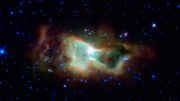


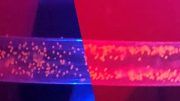
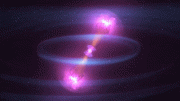
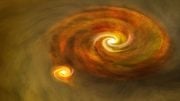

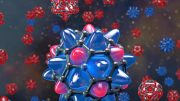
Great insight to glass, but has physics tried to uncover the mysteries of transparency at the quantum level, a observation could yield transparencies secret interaction.